When it comes to providing optimum care, hospitals prioritize patients’ comfort, safety, and convenience. An integral component in achieving these goals is selecting the right type of bed for different medical conditions and requirements. This article aims to enlighten readers about the various types of beds available in hospitals, highlighting their features, benefits, and applications. 1. Standard Hospital Beds: Standard hospital beds are the most commonly utilized beds in healthcare settings. Designed with adjustable features, they provide comfort to patients of varying sizes and medical conditions. The key features of standard hospital beds may include adjustable head and foot panels, height adjustability, and side rails. These beds are typically used in general wards and offer basic yet essential functionality.

.
 2. Bariatric Beds: Bariatric beds are specifically designed to cater to patients who weigh over 350 pounds (159 kg). These beds offer additional width and reinforced frames to ensure durability and stability. Bariatric beds often feature wider mattresses, reinforced siderails, and motorized height adjustment capabilities. By providing enhanced support and comfort, bariatric beds enable healthcare professionals to safely care for patients with higher weight requirements. 3. Critical Care Beds: Critical care beds are exclusively designed for patients in intensive care units (ICUs). These beds are equipped with advanced monitoring systems, motorized features, and integrated medical devices, such as IV poles and vital sign monitors.
2. Bariatric Beds: Bariatric beds are specifically designed to cater to patients who weigh over 350 pounds (159 kg). These beds offer additional width and reinforced frames to ensure durability and stability. Bariatric beds often feature wider mattresses, reinforced siderails, and motorized height adjustment capabilities. By providing enhanced support and comfort, bariatric beds enable healthcare professionals to safely care for patients with higher weight requirements. 3. Critical Care Beds: Critical care beds are exclusively designed for patients in intensive care units (ICUs). These beds are equipped with advanced monitoring systems, motorized features, and integrated medical devices, such as IV poles and vital sign monitors.
..
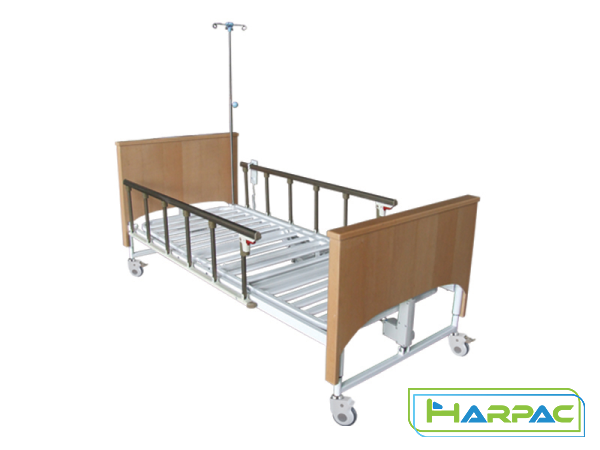 Critical care beds are designed to provide optimal patient care by offering features like automatic patient repositioning, pressure redistribution surfaces, and easy access to medical equipment. They ensure maximum comfort and safety for critically ill patients. 4. Pediatric Beds: Pediatric beds are tailored to meet the unique needs of infants and children. These beds often feature colorful designs and comforting elements to create a less intimidating environment for young patients. Pediatric beds come with adjustable features, such as mattress height and siderails, to enhance safety and ease of access for healthcare professionals. Some pediatric beds also include specialized features like built-in weight scales and integrated oxygen therapy provisions. 5. Specialty Beds: Specialty beds are designed to address specific medical conditions or requirements.
Critical care beds are designed to provide optimal patient care by offering features like automatic patient repositioning, pressure redistribution surfaces, and easy access to medical equipment. They ensure maximum comfort and safety for critically ill patients. 4. Pediatric Beds: Pediatric beds are tailored to meet the unique needs of infants and children. These beds often feature colorful designs and comforting elements to create a less intimidating environment for young patients. Pediatric beds come with adjustable features, such as mattress height and siderails, to enhance safety and ease of access for healthcare professionals. Some pediatric beds also include specialized features like built-in weight scales and integrated oxygen therapy provisions. 5. Specialty Beds: Specialty beds are designed to address specific medical conditions or requirements.
…
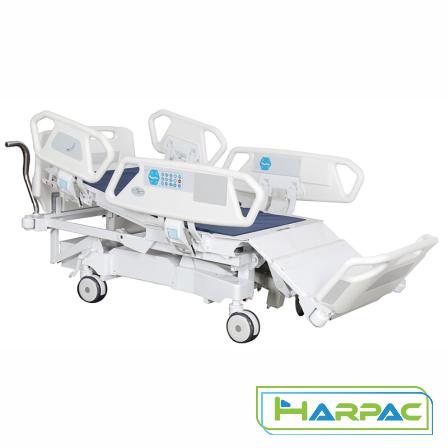 Examples of specialty beds include low-height beds for fall prevention, pulmonary care beds for patients with respiratory conditions, and orthopedic beds for patients recovering from surgeries or fractures. Specialty beds often incorporate features like side air cushions, pressure redistribution surfaces, and mobility assistance mechanisms, which are tailored to specific patient needs. Conclusion: Selecting the appropriate type of bed for a hospital is crucial for delivering high-quality patient care. By understanding the diverse range of available beds, healthcare providers can optimize patient comfort, safety, and overall well-being. Each type of bed serves a unique purpose and caters to specific medical conditions and requirements. Investing in the right beds ensures that hospitals can provide optimum care while maintaining efficiency and comfort for patients.
Examples of specialty beds include low-height beds for fall prevention, pulmonary care beds for patients with respiratory conditions, and orthopedic beds for patients recovering from surgeries or fractures. Specialty beds often incorporate features like side air cushions, pressure redistribution surfaces, and mobility assistance mechanisms, which are tailored to specific patient needs. Conclusion: Selecting the appropriate type of bed for a hospital is crucial for delivering high-quality patient care. By understanding the diverse range of available beds, healthcare providers can optimize patient comfort, safety, and overall well-being. Each type of bed serves a unique purpose and caters to specific medical conditions and requirements. Investing in the right beds ensures that hospitals can provide optimum care while maintaining efficiency and comfort for patients.
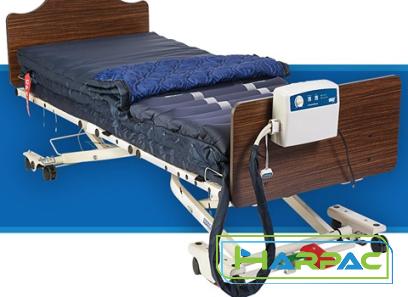

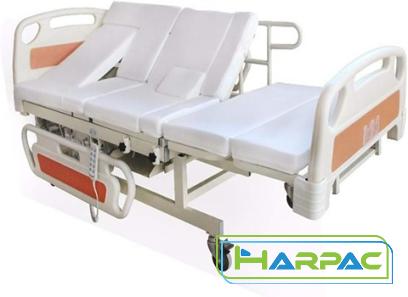
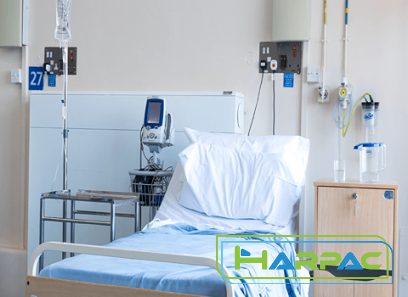
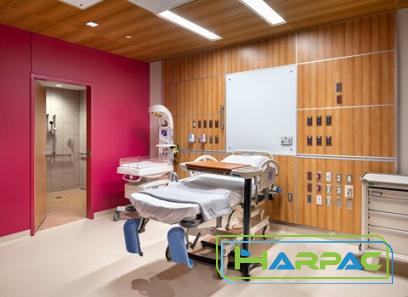
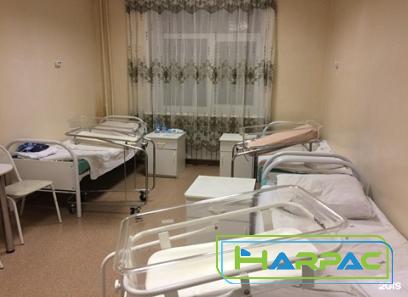
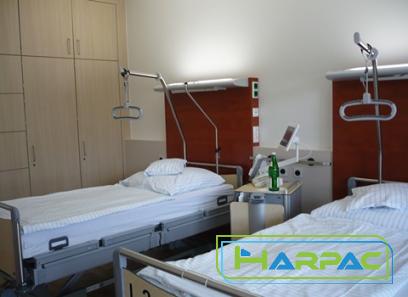
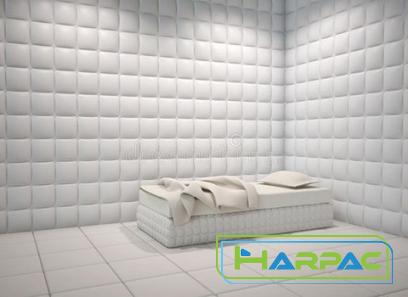

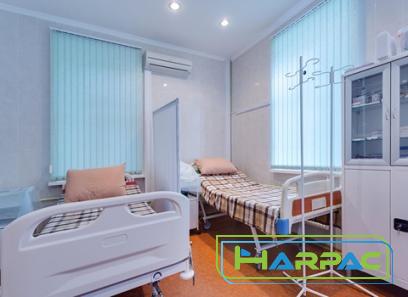
Your comment submitted.